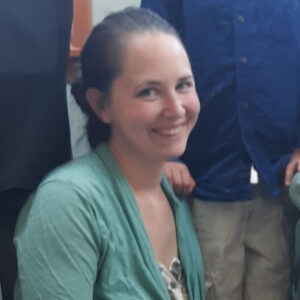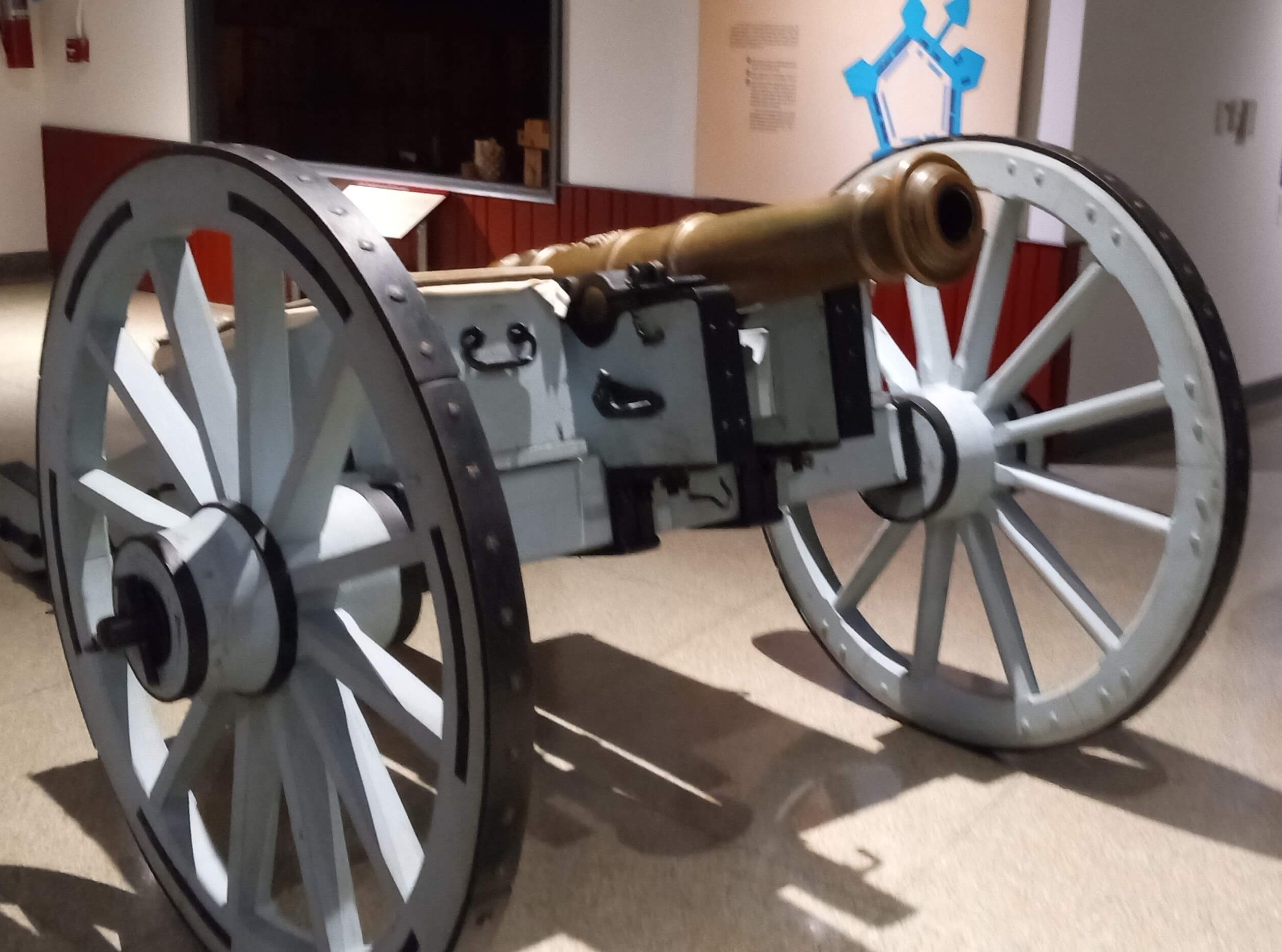Last fall, our family went through a period I would call “unplanned unschooling” as a result of prolonged and severe illness. While our focus academically was less on math and science and more on literature, history, and healthy home economics, my garden still bears the telltale marks of my children’s coping strategy: living out (or acting out a narration of) previous adventures in Pennsylvania through their play.
Western Pennsylvania has an industrial history that particularly features coal and steel, and those are the two recent (and seasonal) adventures we will relive today and which my children relived outside as they spent weeks mining my native plant garden for coal.
The Tour Ed Mine and Museum in Tarentum was the key inspiration for their reenactments—it is a real mine that was converted into a museum and educational site. The museum introduces visitors to life as a mining family. Many children in our homeschool tour group posed for pictures in the mock mining elevator display, making excellent faces mimicking the young boys who were sent to work underground in the days before child labor laws.
For us, the highlight of the site was the tour into the retired mine, in which you ride a rail transport underground and then walk a path displaying the changes in mining technology over a century. There is so much to learn (and much of it heartbreaking) about child mining labor, safety risks, and the steps that mine owners would take to prevent the workers from leaving the mining community or forming unions to address those hazardous working conditions. It also brings to your thoughts the valuable role that Mother Jones played in her activism to address American child labor concerns.
The Tour Ed Mine is a seasonal attraction which requires advance reservations to visit. There are several things to keep in mind as you plan your trip: even in the summer, temperatures in the mine can be around 60°, so dress appropriately; some of the mining equipment can be extremely loud, so plan for hearing protection especially for sensitive family members; the terrain is uneven, and hard hats are required. Also, you should be aware that as September approaches, set up begins for a “haunted mine” attraction, and I thought that some of the décor was rather disturbing. If this trip back in time interests you, it is also an attraction that you should consider visiting sooner rather than later; the underground tour can only be led by state-certified miners and it is getting harder for the site to recruit volunteer miners to conduct tours. The miners leading our tour, all retired, were concerned that the Tour Ed Mine might cease to be in operation in a few years.
After attending the mine, your children might be wondering why coal was so important to Pennsylvania industry. To round out your industrial adventure, you might decide to then drive to Pittsburgh and participate in a tour of the Carrie Blast Furnace.
If you’re planning to go, the picture book Steel Town by Jonah Winter will give your elementary age students a phenomenal introduction to the entire steel production process. Between their attentiveness and the knowledgeable questions they were asked (based solely on what they learned from reading that book), my children were able to shine on the tour. I have to be honest… I felt kind of proud that day.
Tours have different historical foci in different seasons; when we toured the blast furnace, we learned about how the Pittsburgh industrial tycoons capitalized on new freedman labor and arranged for liberated slaves to be brought north to the city to work in the steel industry. (The aforementioned picture book is set at a later time when that labor was being increasingly supplemented by immigrants from European countries.) This was another great connection for our children as we worked through the civil war and early twentieth century immigration in our history studies.
The Carrie Blast Furnace tour is a walking tour (again over uneven ground) through the surviving sections of the structure. It’s another tour that requires advanced reservations and necessitates dressing for the weather and wearing a hard hat. Although you can purchase a tour, the Carrie Blast Furnace usually offers one day of free tours each year as part of Pittsburgh’s Regional Asset District (RAD) Days. (If you’ve ever wondered why sales tax is higher in Allegheny County, it is to fund this and other attractions in the area.) The free tours fill up quickly, so you have to check regularly through mid- to late-summer to see when registration becomes available.
These two adventures in our state’s industrial history bring us back to last fall’s days of unschooling. Fresh off the Tour Ed Mine experience, my children saw our garden as a potential source of untapped subterranean wealth. They took shovels and began excavating for coal (and burying my beloved plants in the process). They set up a company store for their mine employees to spend their hard-earned scrip. And I have no doubt that had they succeeded in finding any black rocks, they would have collected sticks to build a railroad to a blast furnace elsewhere in the yard, so as to single-handedly revitalize the American steel industry. Living out what they learn…isn’t that part of what makes homeschooling such an excellent educational option?



